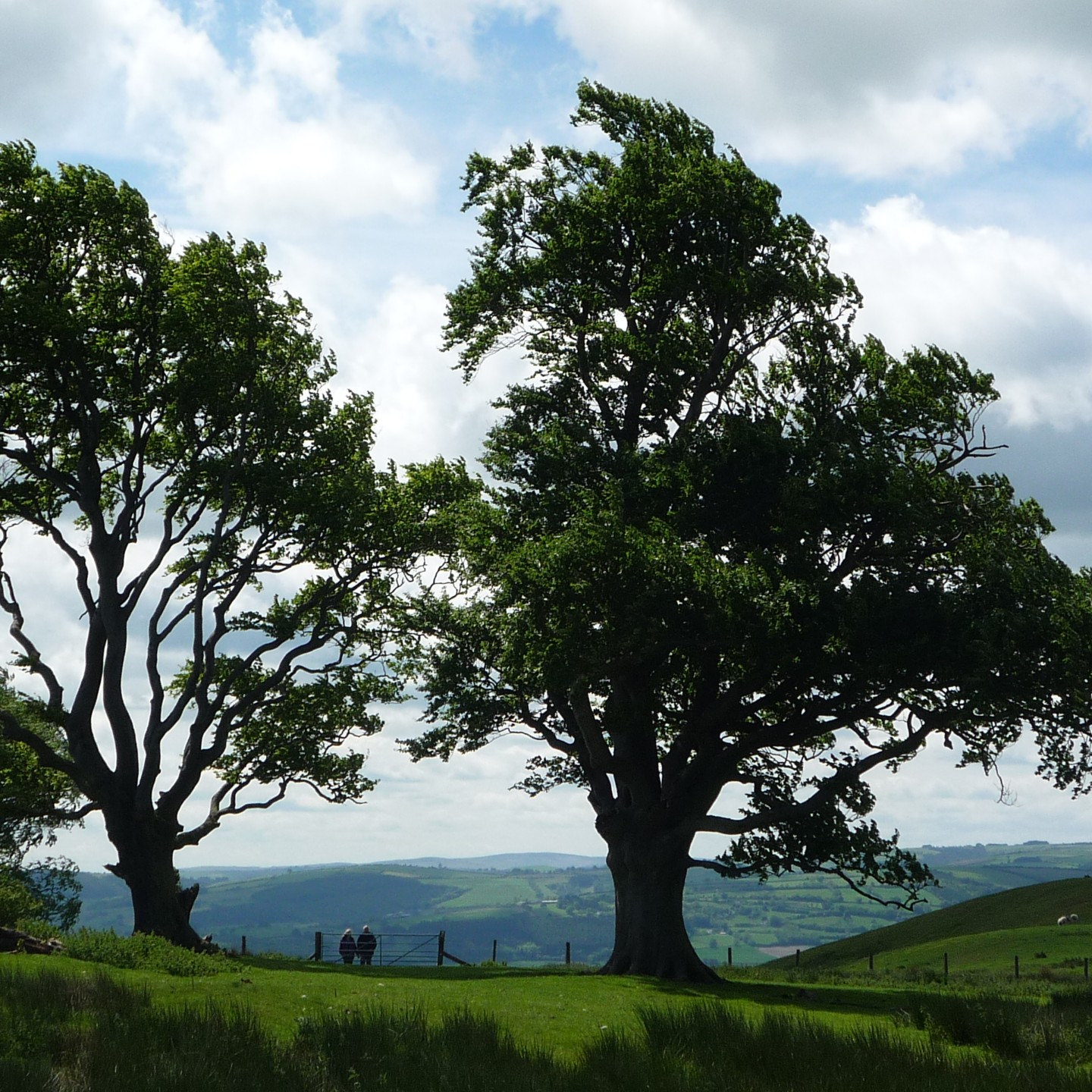Farmed Landscape
The patchwork of fields, mostly pasture bounded by hedges, results from generations of farming. Some small scale arable cultivation mostly for feed crops is found, with larger scale cropping in the valleys which extend down outside the Shropshire Hills. Hedgerow and field trees, including many veteran trees, give the landscape a maturity.
Remnants of valuable grassland and hay meadow habitats also survive. Many of these are recognised as Local Wildlife Sites and are particularly valuable for the plant and invertebrate
communities they support. Most remaining small meadows are found in the Clee Hills and Stiperstones areas.
.jpg)
Woodland
Woodland currently covers 14% of the Shropshire Hills National Landscape. The area has higher than the national average cover of ancient and semi-natural woodland with 5% classified as ancient woodland, with ancient and semi natural woodland having a total area of 1,478ha and PAWS sites (Plantation on Ancient Woodland Sites) accounting for 2,689ha.
The area's ancient woods are some of our most valuable natural assets. They are irreplaceable and home to many vulnerable and threatened species.
Broadleaved woodland (46%) is found mostly on steeper ground, such as the Wrekin and Helmeth above Church Stretton. It is often fragmented and in small blocks, though the woodland on Wenlock Edge is continuous over a distance of 20 miles.
Mixed and coniferous woodlands (39%) are more extensive and in larger blocks than semi-natural woodland, and are an important biodiversity resource.
Trees outside woods
Any low angled view shows the number and significance of trees outside woodlands. These include trees in hedgerows and within fields, and riverside or riparian woodland. Among our trees outside woods are some wonderful veteran trees. These have great value for specialised invertebrates as well as being of cultural and historical significance.
There is almost 2,000km of riparian woodland in the Shropshire Hills as trees line most of our water-courses, and typically composed of Alder and Willow. They can be fragmented and are often only as a single row of trees along the river bank.


